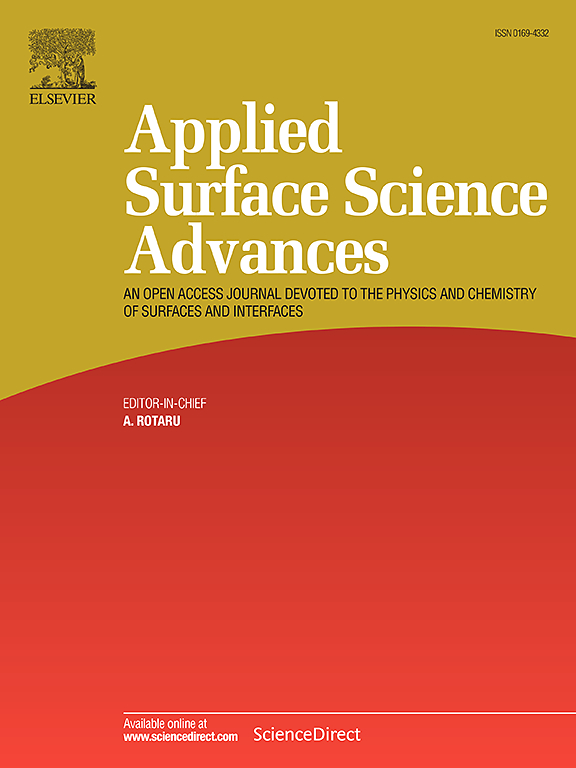Single-ion gel-polymer electrolyte for improving the performances of Li-ion batteries
IF 7.5
Q1 CHEMISTRY, PHYSICAL
引用次数: 0
Abstract
Solid State Batteries (SSBs) combine the significantly higher energy density (>450 Wh/kg) and enhanced safety required to expedite society's transition away from fossil fuels, making them the most potential "next-gen" chemistry for lithium-based batteries. However, issues with electrolyte performance at lower temperatures as well as issues with the effective deposition and stripping of metallic lithium anodes are now impeding their development. In this work, we suggest a completely new strategy to deal with these issues: creating a Solid Molecular Ionic Composite Electrolyte (SMICE), an entirely novel type of gel-polymer electrolyte. This new membrane exhibits outstanding ionic conductivity at room temperature (3.3 mS·cm-1). Following electrochemical tests, the symmetric lithium cells demonstrated long-term cycling stability of approximately 650 h at 25 °C and 1000 h at 60 °C. In half-cell configuration the specific discharge capacity reaches a maximum of 164 mAh·g-1 with a high retention of 95 % after 300 cycles, signifying the stability of SMICE membrane. These results reveal the proper compatibility between the SMICE membrane and the cell electrodes.
提高锂离子电池性能的单离子凝胶-聚合物电解质
固态电池(SSBs)结合了更高的能量密度(>450 Wh/kg)和更高的安全性,加速了社会从化石燃料的过渡,使其成为最有潜力的“下一代”锂基电池化学物质。然而,电解质在低温下的性能问题以及金属锂阳极的有效沉积和剥离问题阻碍了它们的发展。在这项工作中,我们提出了一种全新的策略来解决这些问题:创建固体分子离子复合电解质(SMICE),一种全新的凝胶-聚合物电解质。该膜在室温下具有优异的离子电导率(3.3 mS·cm-1)。经过电化学测试,对称锂电池在25℃下的长期循环稳定性约为650 h,在60℃下的长期循环稳定性约为1000 h。在半电池配置下,SMICE膜的比放电容量最大可达164 mAh·g-1, 300次循环后的保留率高达95%,表明SMICE膜的稳定性。这些结果表明SMICE膜与电池电极之间具有良好的相容性。
本文章由计算机程序翻译,如有差异,请以英文原文为准。
求助全文
约1分钟内获得全文
求助全文

 求助内容:
求助内容: 应助结果提醒方式:
应助结果提醒方式:


